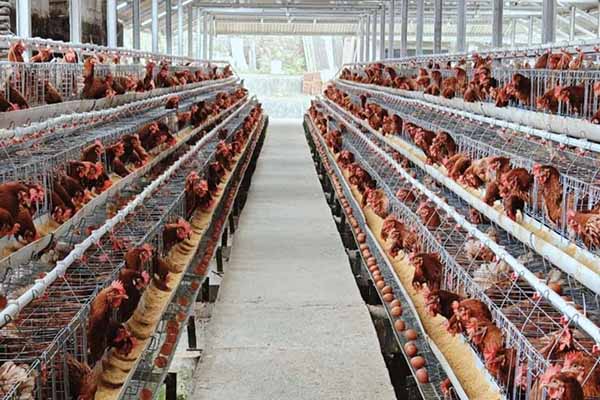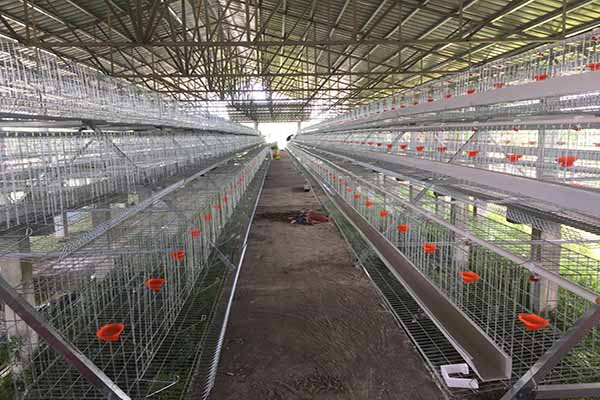Optimizing Chicken Farming with Automatic Cages: A Case Study in Tanzania
Chicken farming has become a lucrative business venture, especially in regions like Tanzania. With the increasing demand for poultry products, efficient and scalable farming methods are crucial for success. One such method is the use of automatic cages for housing up to 60,000 chickens. In this article, we explore the benefits of automatic cages and their impact on chicken farming in Tanzania.

Introduction to Automatic Cages
Automatic cages are designed to provide a controlled and hygienic environment for poultry. These cages are equipped with various features such as feeding systems, water dispensers, and waste management systems. The primary advantage of using automatic cages is the ability to house a large number of chickens in a limited space, optimizing land use and reducing operational costs.
Case Study: 60,000 Chicken Farm in Tanzania
A successful chicken farm in Tanzania has implemented automatic cages to house 60,000 chickens. Here are some key findings from the case study:
- Increased Production: The farm has experienced a 30% increase in egg production since switching to automatic cages. This is attributed to the optimal living conditions provided by the cages, which result in healthier chickens and higher egg yields.
- Reduced Labor Costs: The automated systems in the cages have significantly reduced the need for manual labor. The farm now requires only a fraction of the workforce compared to traditional farming methods.
- Improved Hygiene: Automatic cages help maintain a clean and sanitized environment, reducing the risk of disease outbreaks. This has led to lower medication costs and healthier chickens.
Benefits of Automatic Cages for Chicken Farming
Here are some of the key benefits of using automatic cages for chicken farming:
- Scalability: Automatic cages can be easily expanded to accommodate more chickens, making it an ideal solution for large-scale farming operations.
- Cost-Effective: While the initial investment in automatic cages may be higher, the long-term savings on labor, medication, and feed make it a cost-effective solution.
- Environmentally Friendly: Automatic cages are designed to minimize waste and reduce the environmental impact of chicken farming.
Conclusion
Implementing automatic cages for chicken farming in Tanzania has proven to be a successful strategy. The case study of a 60,000 chicken farm demonstrates the numerous benefits of using these modern farming methods. As the demand for poultry products continues to grow, investing in automatic cages can provide a competitive edge for chicken farmers.
For more information on automatic cages and their potential to transform your chicken farming operation, please feel free to leave a comment below. We would be happy to provide you with a free chi cken farming design and equipment quotation from LIVI Machinery.
cken farming design and equipment quotation from LIVI Machinery.




